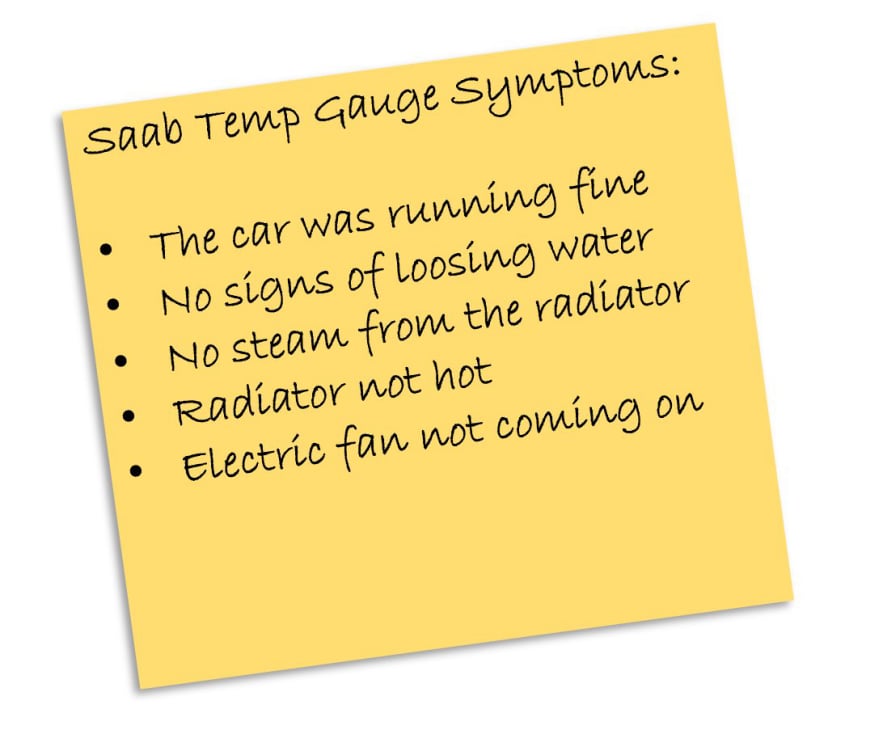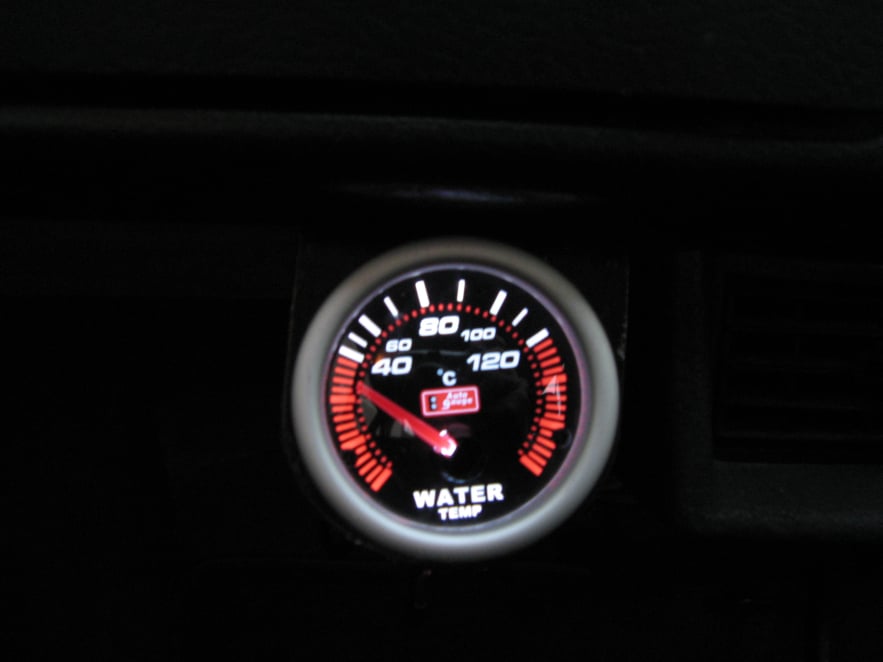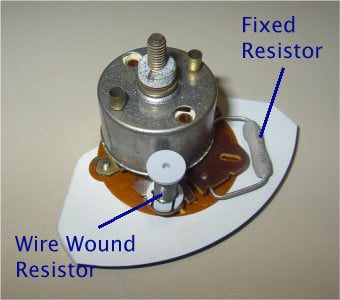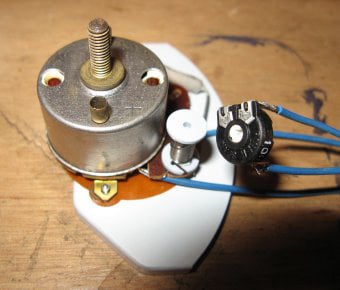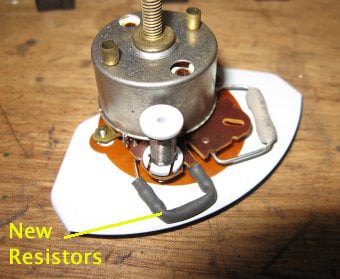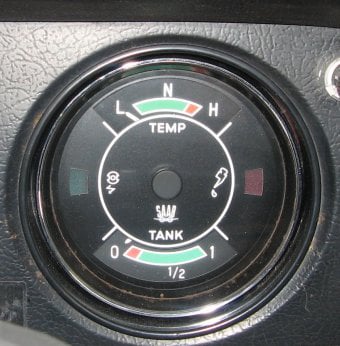
Temperature Gauge Fix and Calibration
The Saab showed signs of increasing overheating, especially in hot weather in slow traffic. The problem steadily got worse over time.
Finally the gauge ran into the red and so further investigation was needed to avoid damage to the engine.
